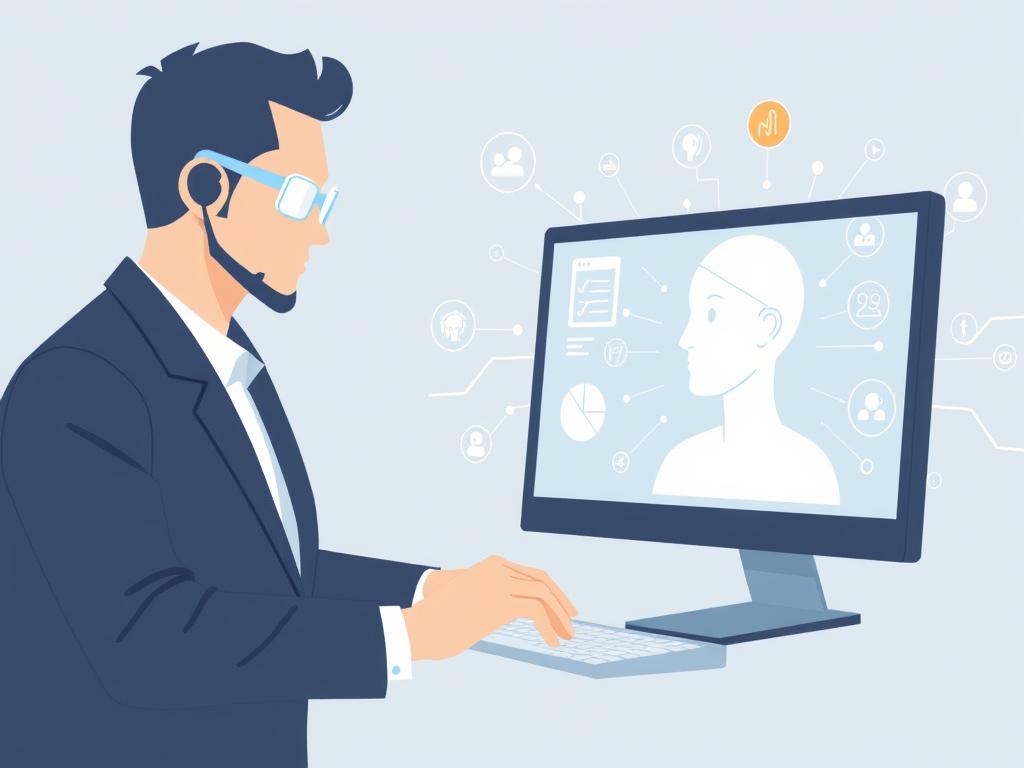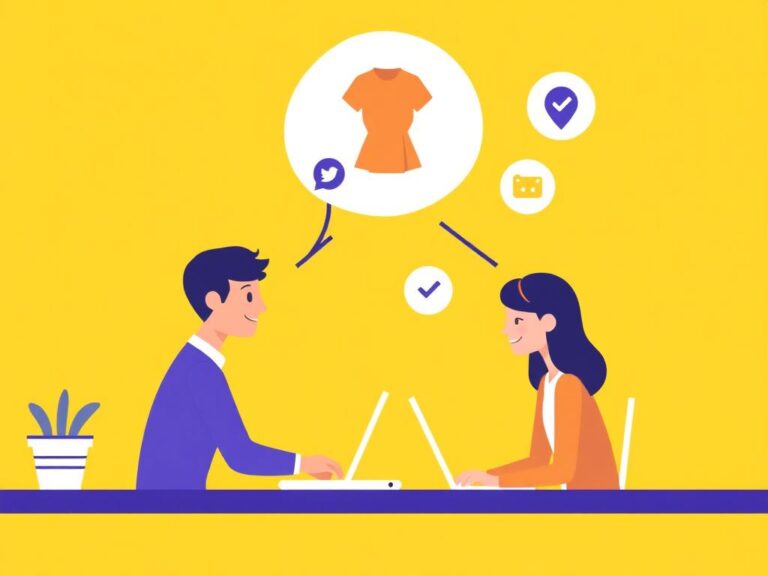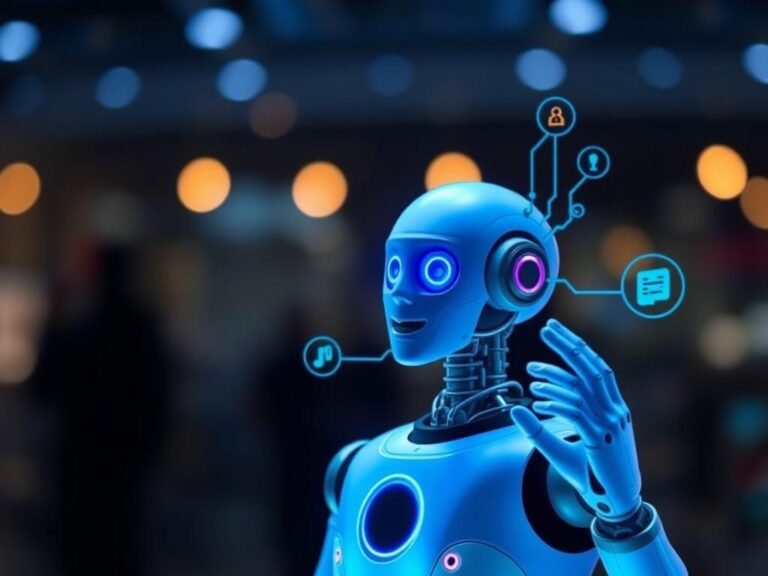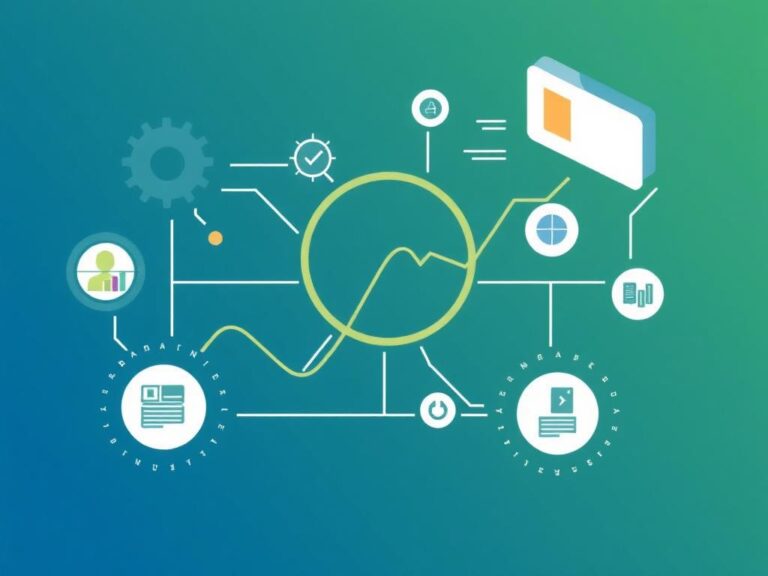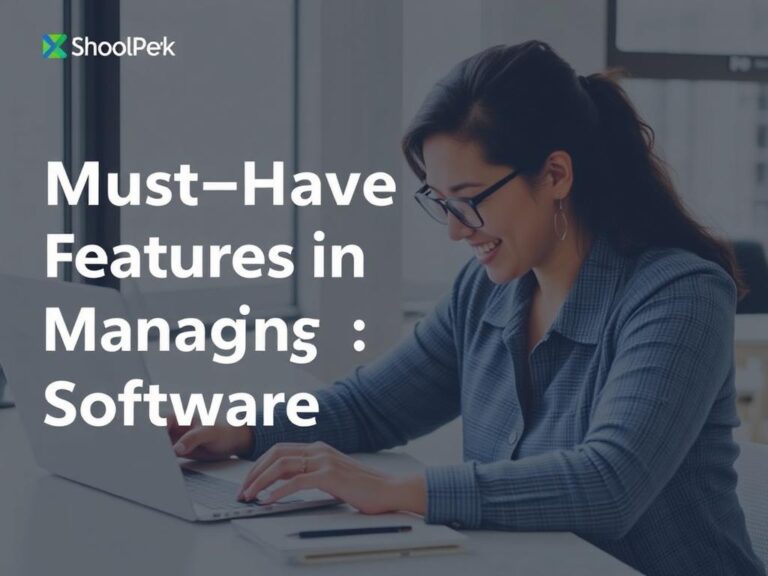The Rise of AI and Machine Learning in Staffing Software: Revolutionizing Talent Acquisition
Staffing software has experienced an incredible transformation over the past decade, and at the heart of this change is the remarkable rise of AI and machine learning. These technologies are no longer futuristic concepts but practical, everyday tools that are redefining how companies find, evaluate, and hire talent. As businesses face increasingly competitive job markets and demand for top talent grows, the integration of AI and machine learning in staffing software is creating more efficient, smarter, and more insightful recruitment processes. If you’ve ever wondered how today’s staffing platforms can match candidates more quickly or predict employee success with higher accuracy, the answer almost always lies in these advanced technologies.
One of the major advantages of AI in staffing software is its ability to analyze massive amounts of data at lightning speed. Traditional recruitment methods often rely heavily on manual reviewing of resumes and applications, which can be time-consuming and prone to human error or bias. Machine learning algorithms, on the other hand, learn from historical hiring data and continuously improve their predictions. This means they can help recruiters identify candidates who not only meet the job requirements but also align well with company culture and long-term goals. The result is a more intuitive and effective screening process that saves time and increases the quality of hires.
How AI and Machine Learning Enhance Candidate Matching
The most visible impact of AI and machine learning in staffing software is in the candidate matching process. Instead of keyword searches that often miss the nuances of a candidate’s skill set and experience, AI leverages natural language processing (NLP) and pattern recognition to fully understand resumes and job descriptions. This leads to more accurate matches between job openings and applicant profiles.
Features Empowered by AI and Machine Learning in Staffing Software
- Automated Resume Screening: AI scans thousands of resumes within seconds, filtering out unqualified candidates and highlighting the best fits.
- Predictive Analytics: Machine learning models predict candidate success based on historical hiring trends and performance data.
- Bias Reduction: AI algorithms can be trained to minimize unconscious bias during the screening process, promoting diversity and inclusion.
- Skill Gap Identification: AI tools identify gaps between required and existing skills, recommending upskilling or alternative candidates.
These features work in synergy to make staffing software smarter and more adaptive. Companies gain a sharper edge in talent acquisition, while candidates enjoy faster responses and more personalized experiences.
The Growing Role of AI Analytics in Staffing Decisions
Beyond initial screening, AI-powered staffing software dives deep into analytics, helping employers make strategic decisions that go beyond just filling open positions. Machine learning can analyze long-term workforce trends, turnover rates, and employee engagement metrics to forecast hiring needs more accurately. Staffing teams can thus plan proactively and reduce costly turnover or mismatched hires.
Comparing Traditional Staffing Software to AI-Driven Systems
| Criteria | Traditional Staffing Software | AI and Machine Learning Staffing Software |
|---|---|---|
| Resume Screening Speed | Slow, manual review required | Instant, automated processing |
| Candidate Matching Accuracy | Depends on keyword matching | Contextual understanding via NLP |
| Bias in Hiring | High risk of unconscious bias | Algorithms trained to reduce bias |
| Predictive Insights | Limited to past data interpretation | Advanced forecasting with machine learning |
| Recruiter Workload | High, manual admin tasks | Reduced, automated and streamlined |
This comparison illustrates why more companies are adopting AI and machine learning-driven staffing software to stay competitive in today’s fast-moving talent landscape.
Challenges and Considerations When Implementing AI in Staffing Software
While the rise of AI and machine learning in staffing software offers numerous benefits, it’s important to understand the challenges that come with it. Integration of new technologies requires changes in existing workflows, employee training, and sometimes significant investment. AI models are only as good as the data they learn from, so companies must ensure they have clean, representative, and unbiased datasets to avoid perpetuating systemic problems.
Privacy is also a key consideration; as AI systems often collect and analyze sensitive candidate data, firms must comply with data protection regulations like GDPR or CCPA. Lastly, transparency is critical—candidates and recruiters alike want to understand how AI makes decisions rather than relying on “black box” algorithms, driving a need for explainable AI solutions in staffing software.
Best Practices for Leveraging AI and Machine Learning in Recruitment
- Start with clear goals for your staffing software to ensure AI tools align with business needs.
- Train recruiters and hiring managers on how AI recommendations should be interpreted and applied.
- Audit AI models regularly to detect and mitigate bias or errors.
- Maintain human oversight so final decisions blend data insights with personal judgment.
- Prioritize data privacy and communicate transparently with candidates about AI usage.
Future Trends: What to Expect Next in AI-Driven Staffing Software
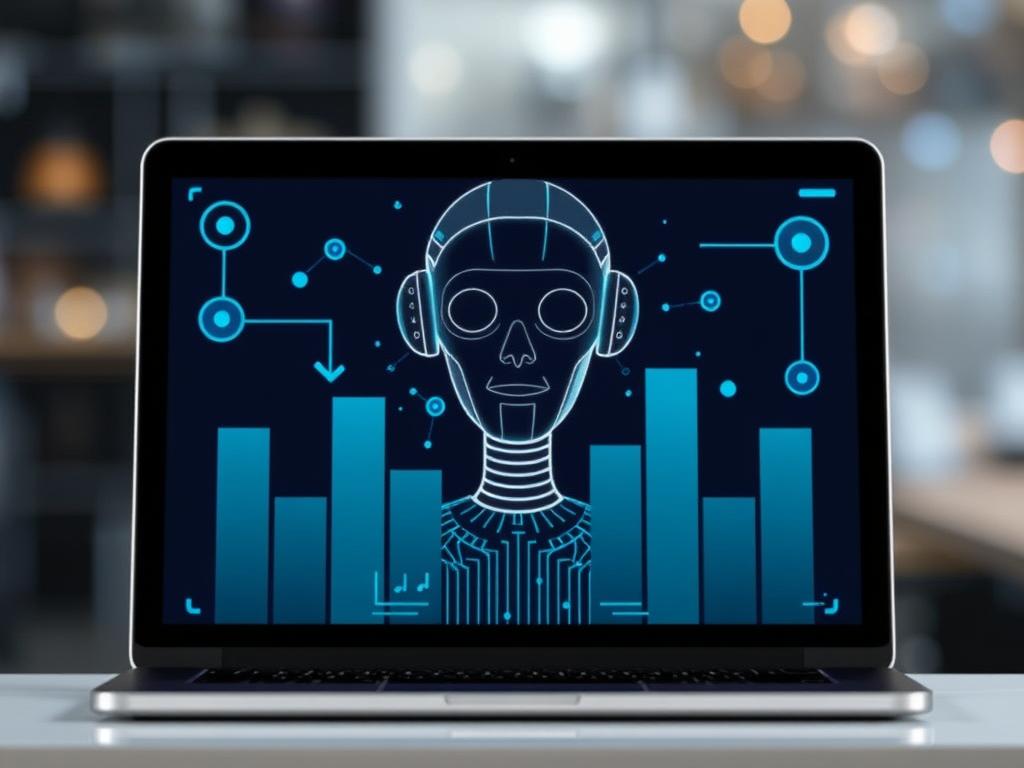
The momentum behind AI and machine learning in staffing software shows no signs of slowing. Emerging trends point toward even more personalized candidate experiences, including AI-powered chatbots that can conduct initial interviews and answer FAQs in real-time. Advanced sentiment analysis will allow better reading of candidate tone and intent during recruitment conversations, providing richer data than resumes alone.
Furthermore, AI will play an ever-greater role in workforce planning by integrating with broader HR management systems, enabling organizations to optimize staffing based on projections tied to business goals, project pipelines, and economic shifts. The staffing industry is also exploring AI solutions that support remote hiring and diversity recruitment initiatives, helping companies adapt to the evolving workforce demographics and expectations.
Summary of Key Innovations on the Horizon
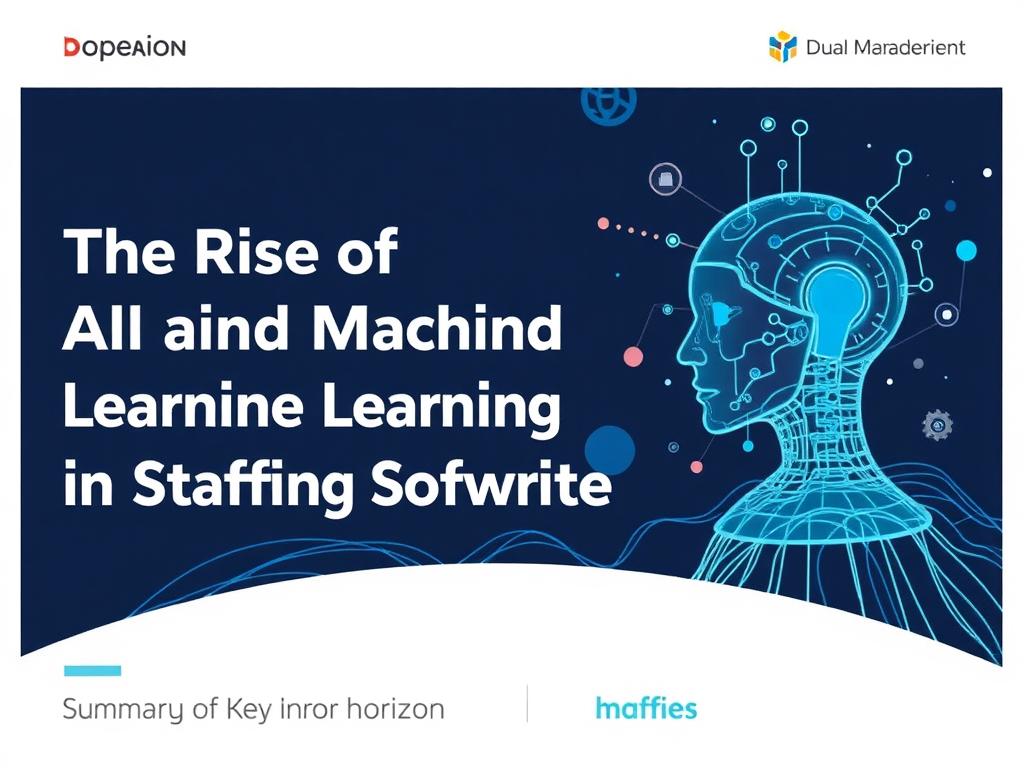
- AI Interview Assistants and Automated Screening
- Predictive Talent Analytics for Workforce Planning
- Bias Detection and Fairness Optimization Tools
- Integration of AI with Augmented Reality (AR) for Virtual Assessments
- Enhanced Candidate Relationship Management through AI
As these innovations mature, staffing software will become an indispensable partner to recruiters worldwide, blending technology and human insight in unprecedented ways.
Conclusion
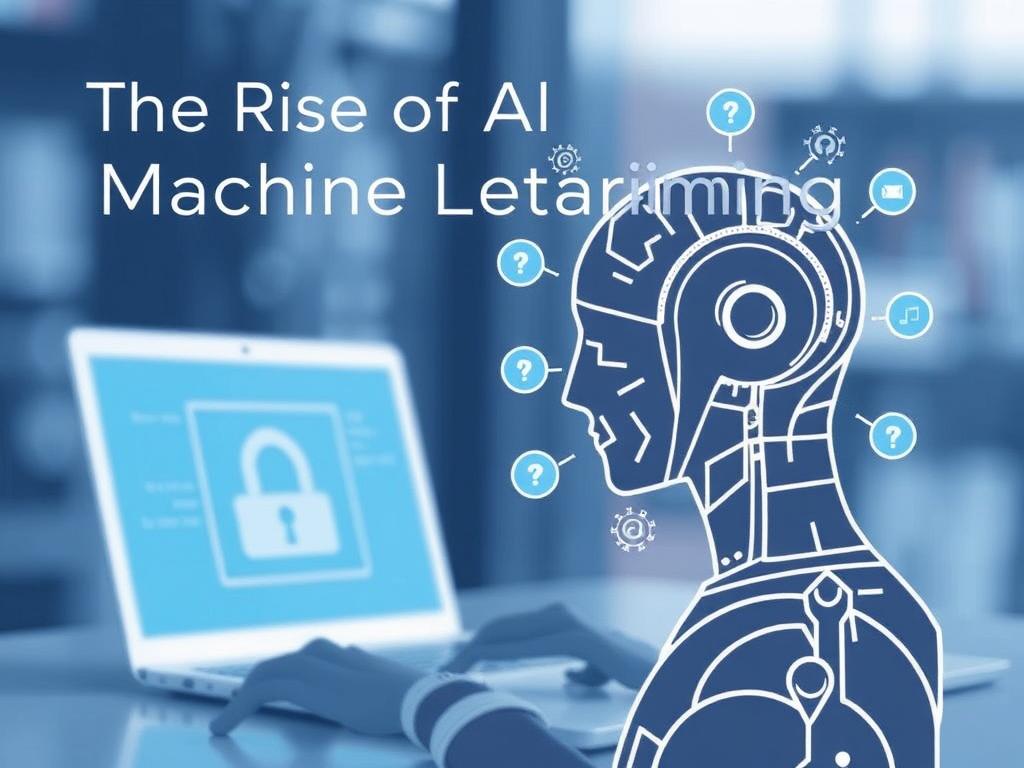
The rise of AI and machine learning in staffing software marks a profound shift in how organizations approach recruitment. These technologies bring speed, accuracy, and deeper insights to talent acquisition, transforming traditionally manual and time-intensive processes into streamlined, data-driven workflows. While challenges like bias management and data privacy need thoughtful handling, the benefits for both employers and candidates are significant. As staffing software continues to evolve with AI integration, companies that embrace these advances stand to gain a decisive advantage in hiring top talent, planning workforce needs, and fostering more inclusive and effective recruitment strategies. The future of staffing is smart, predictive, and powered by AI, reshaping the very nature of work and workforce building.
